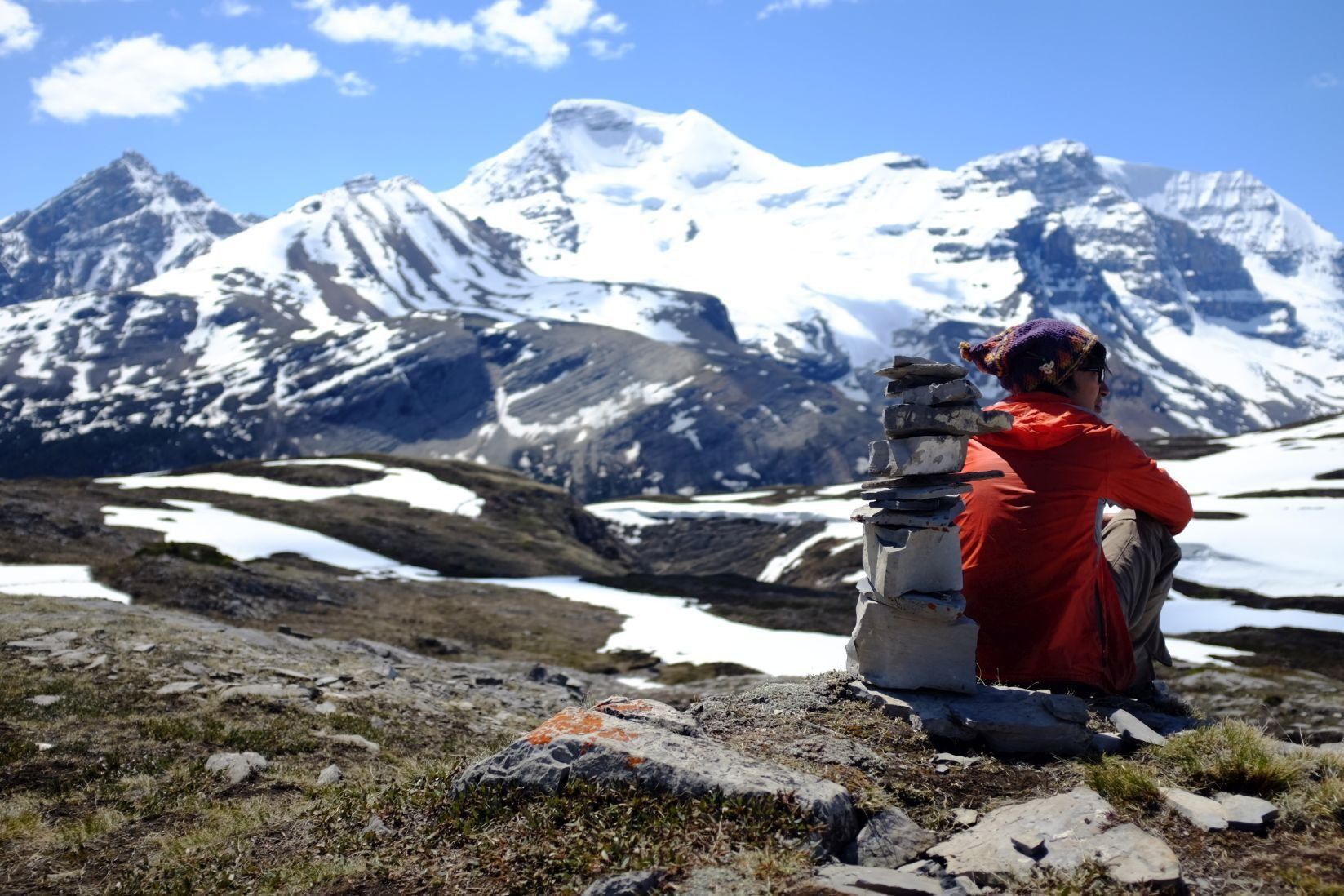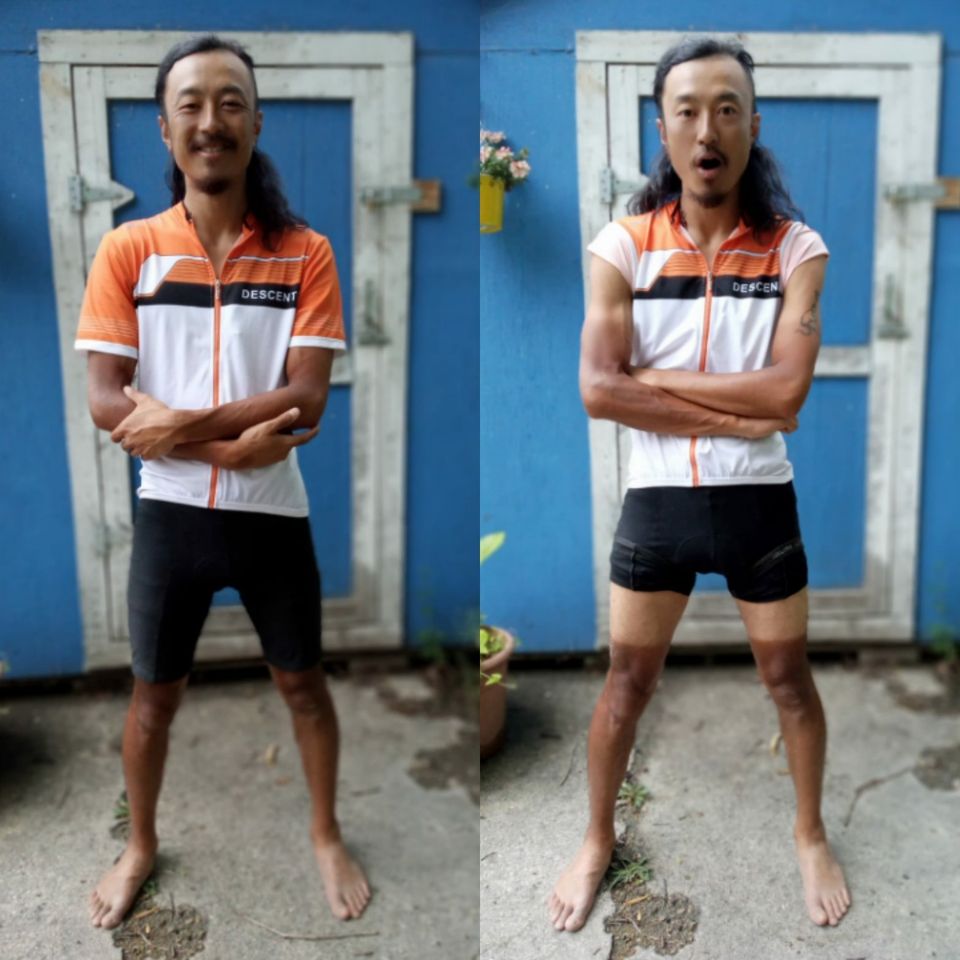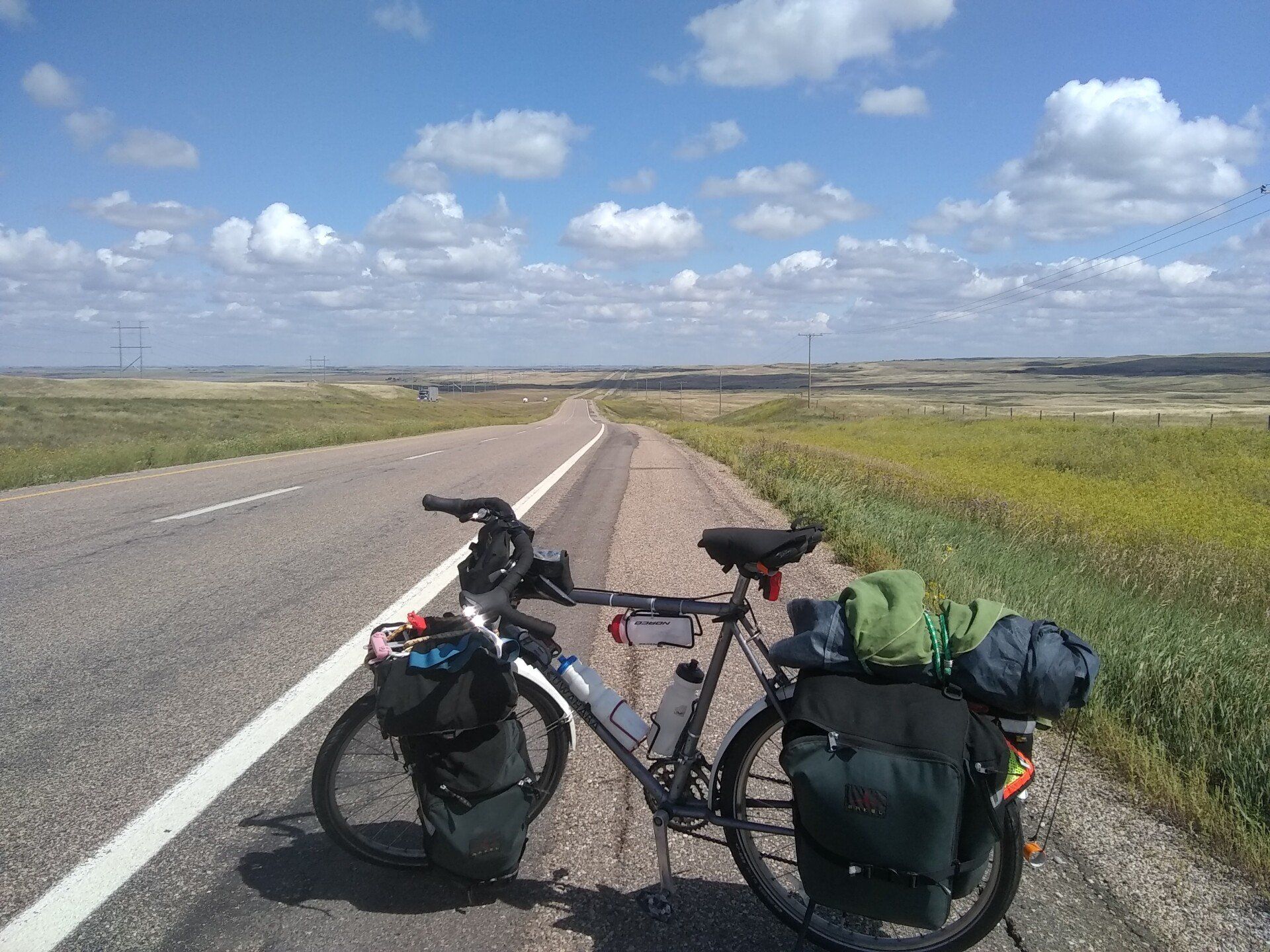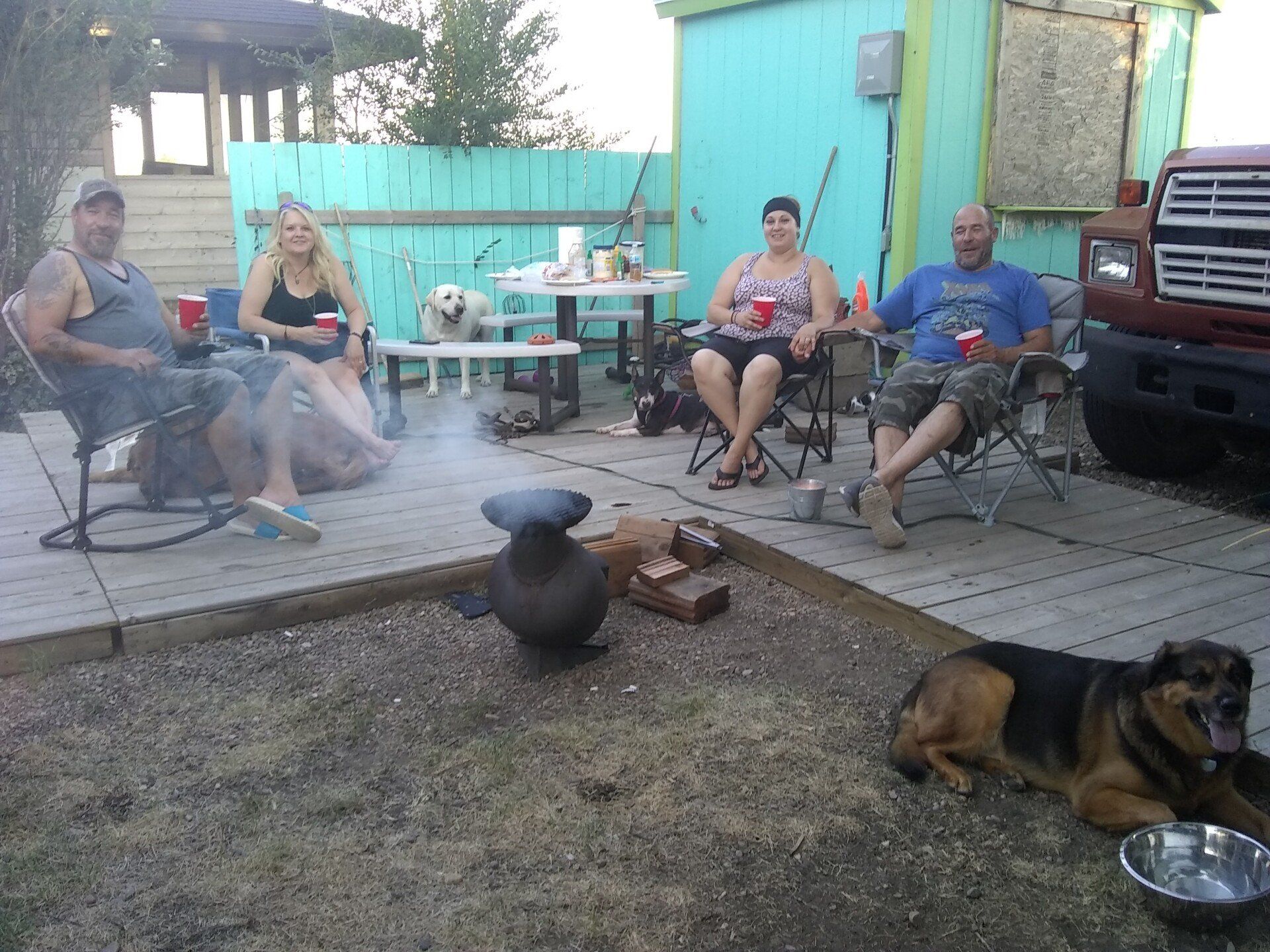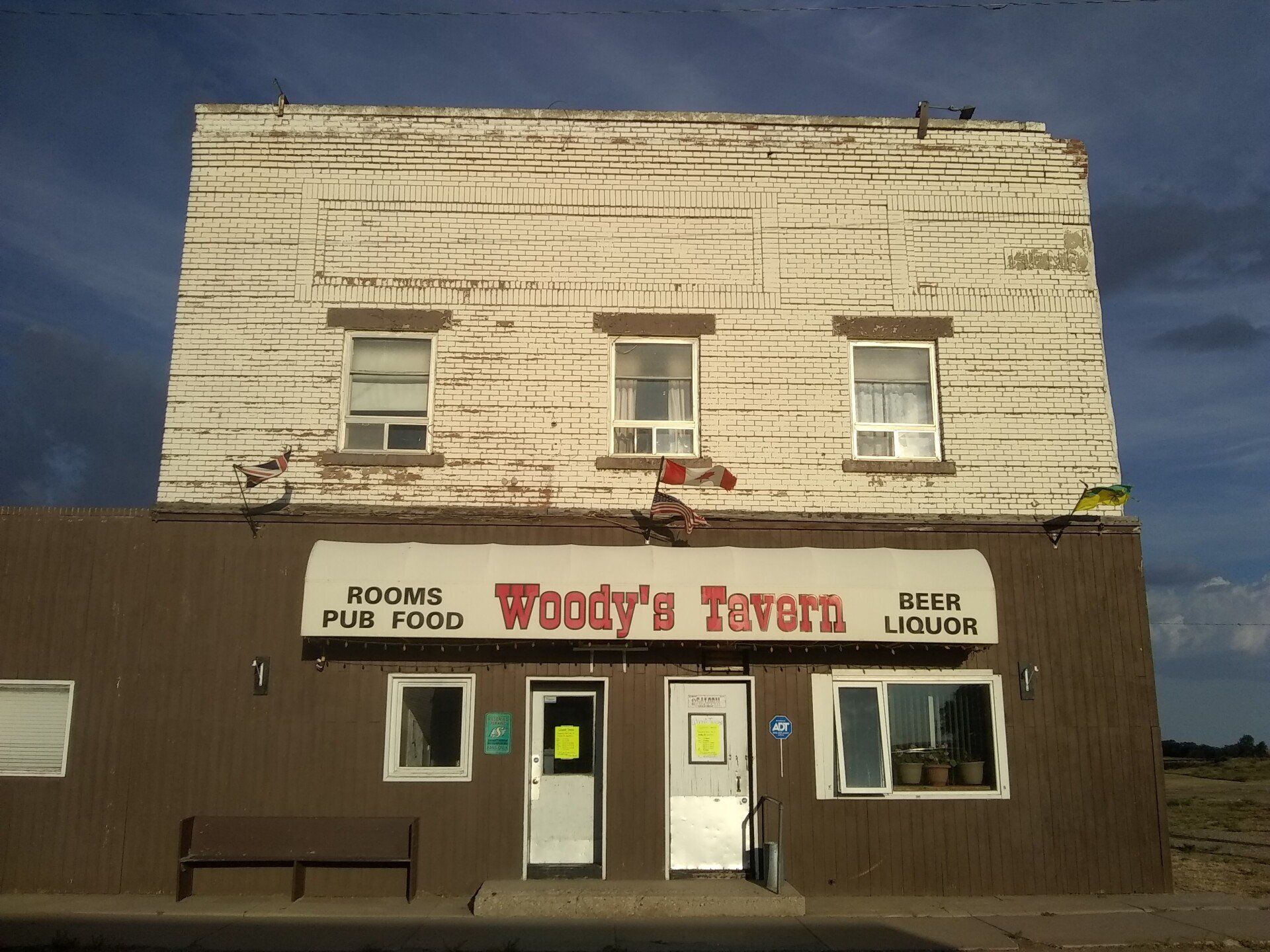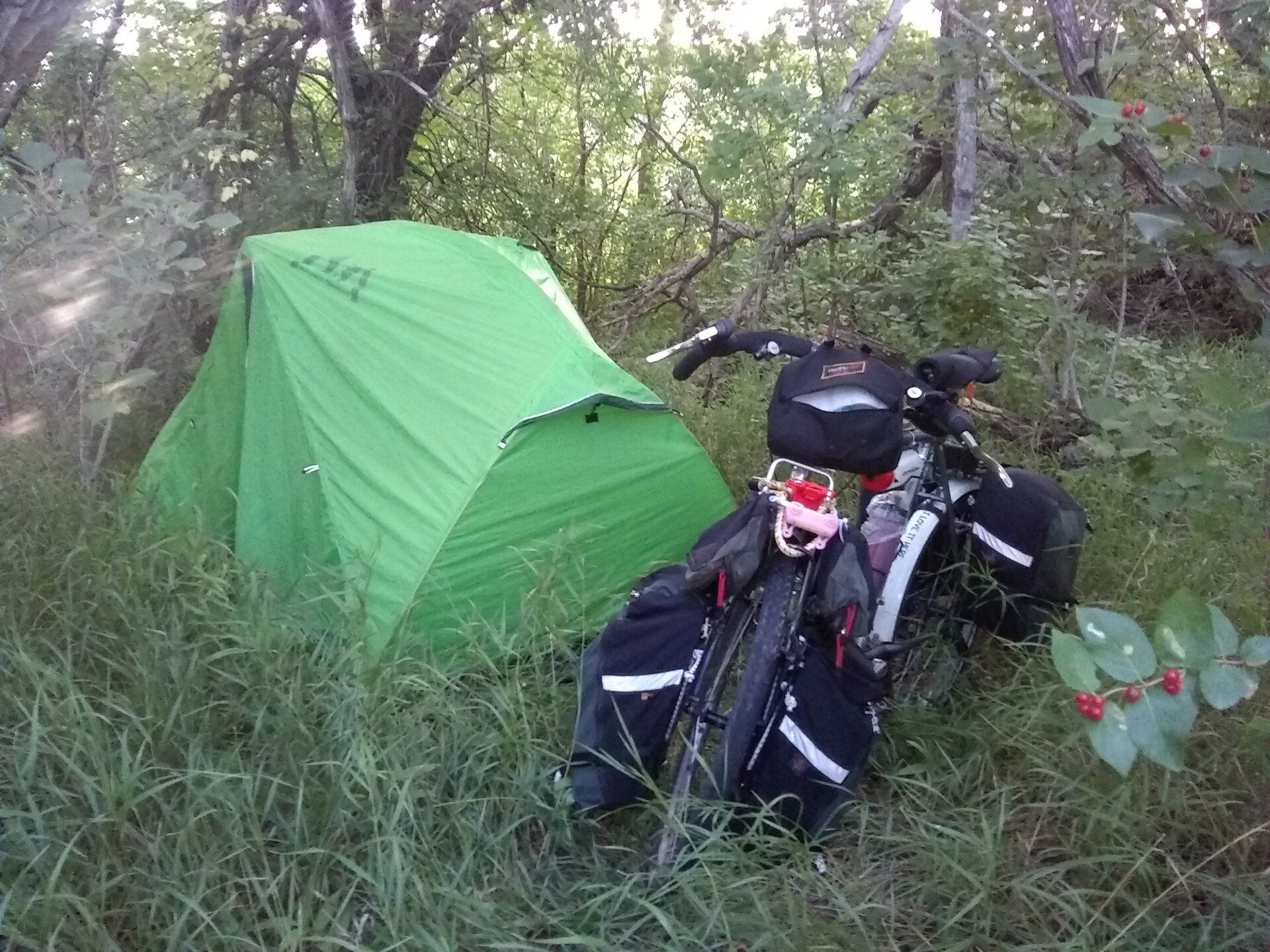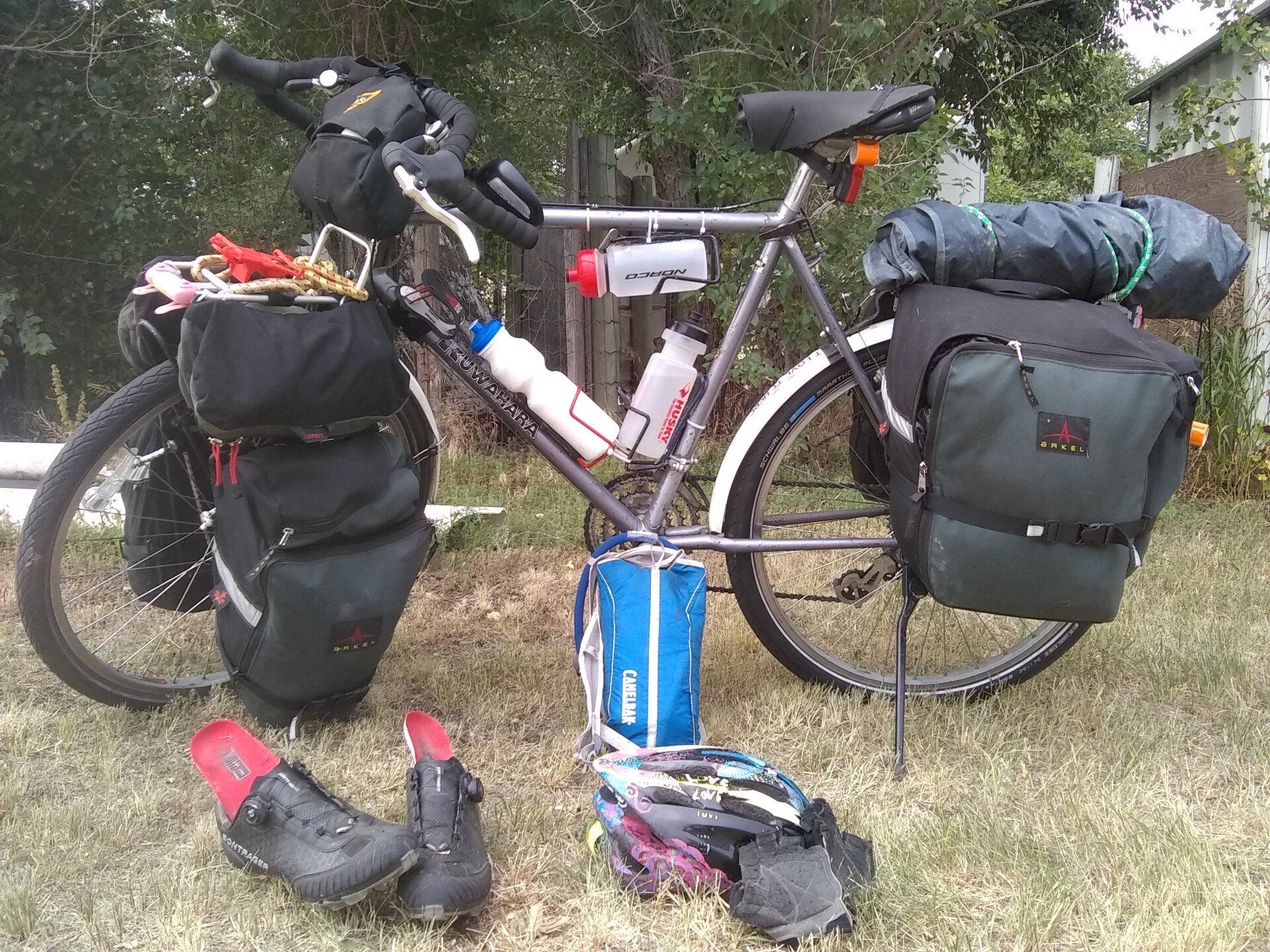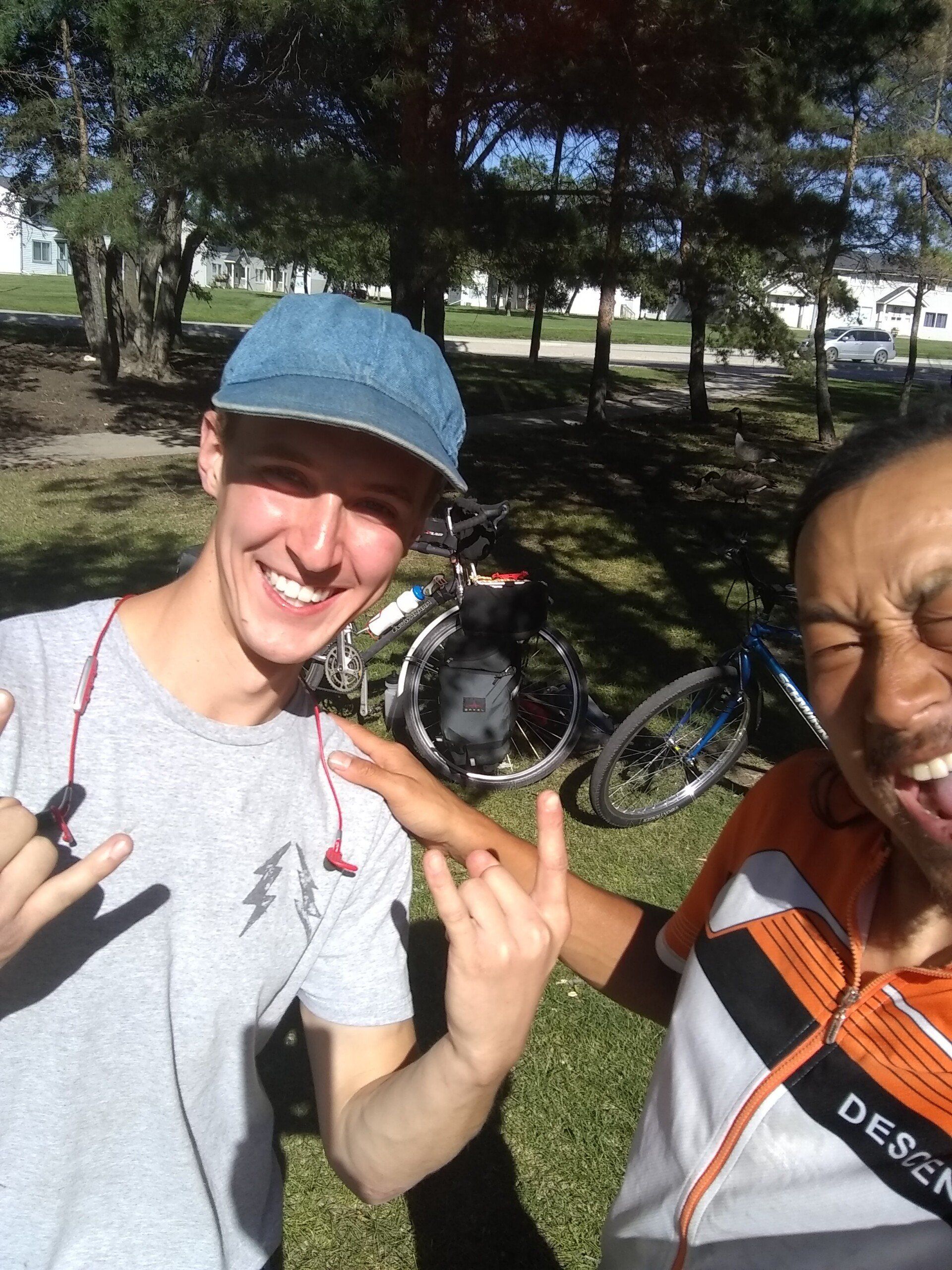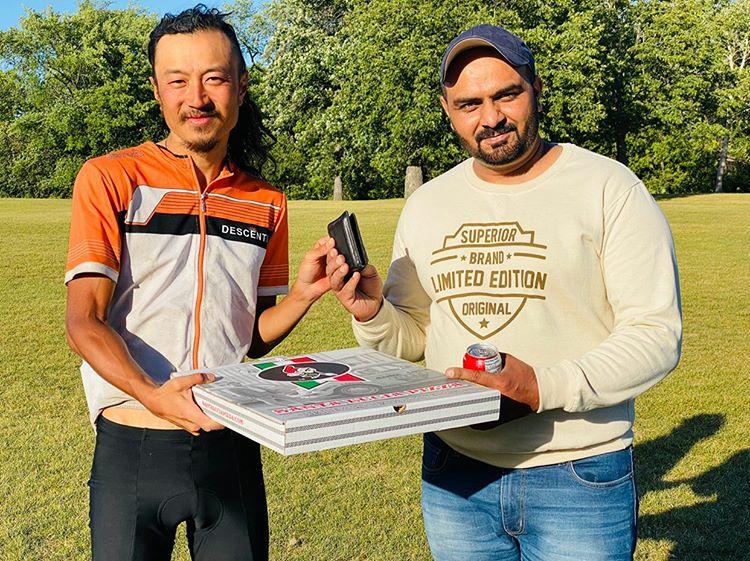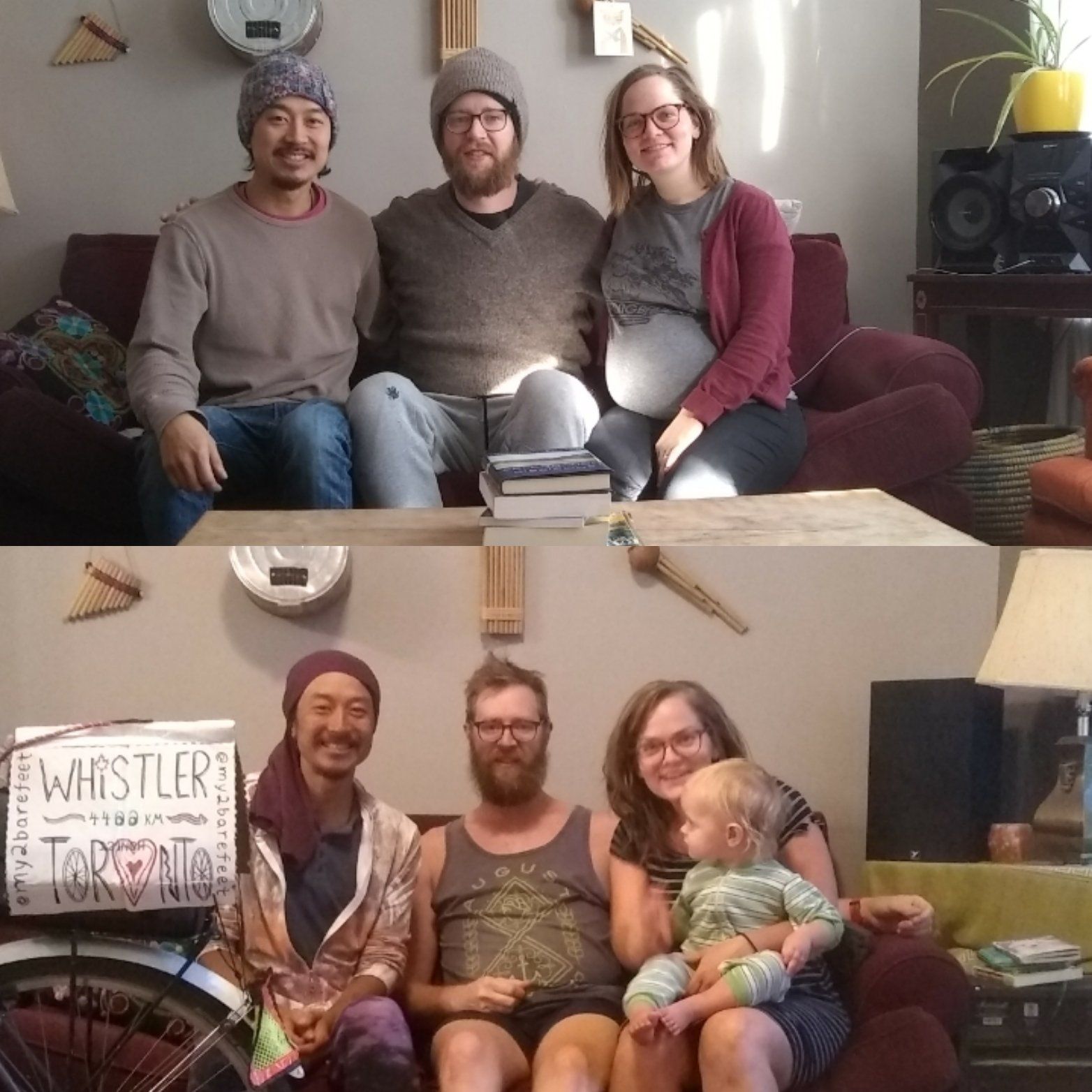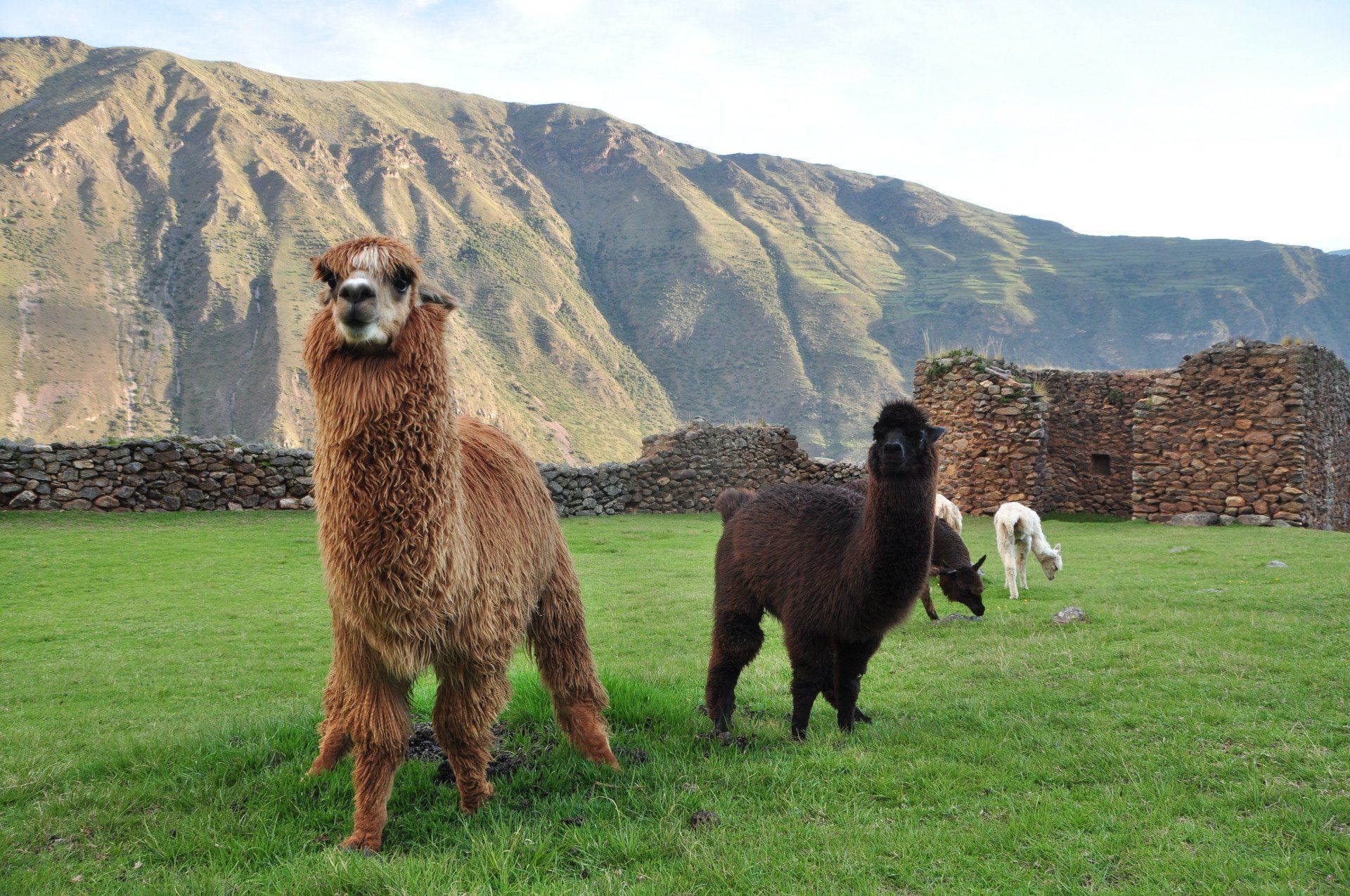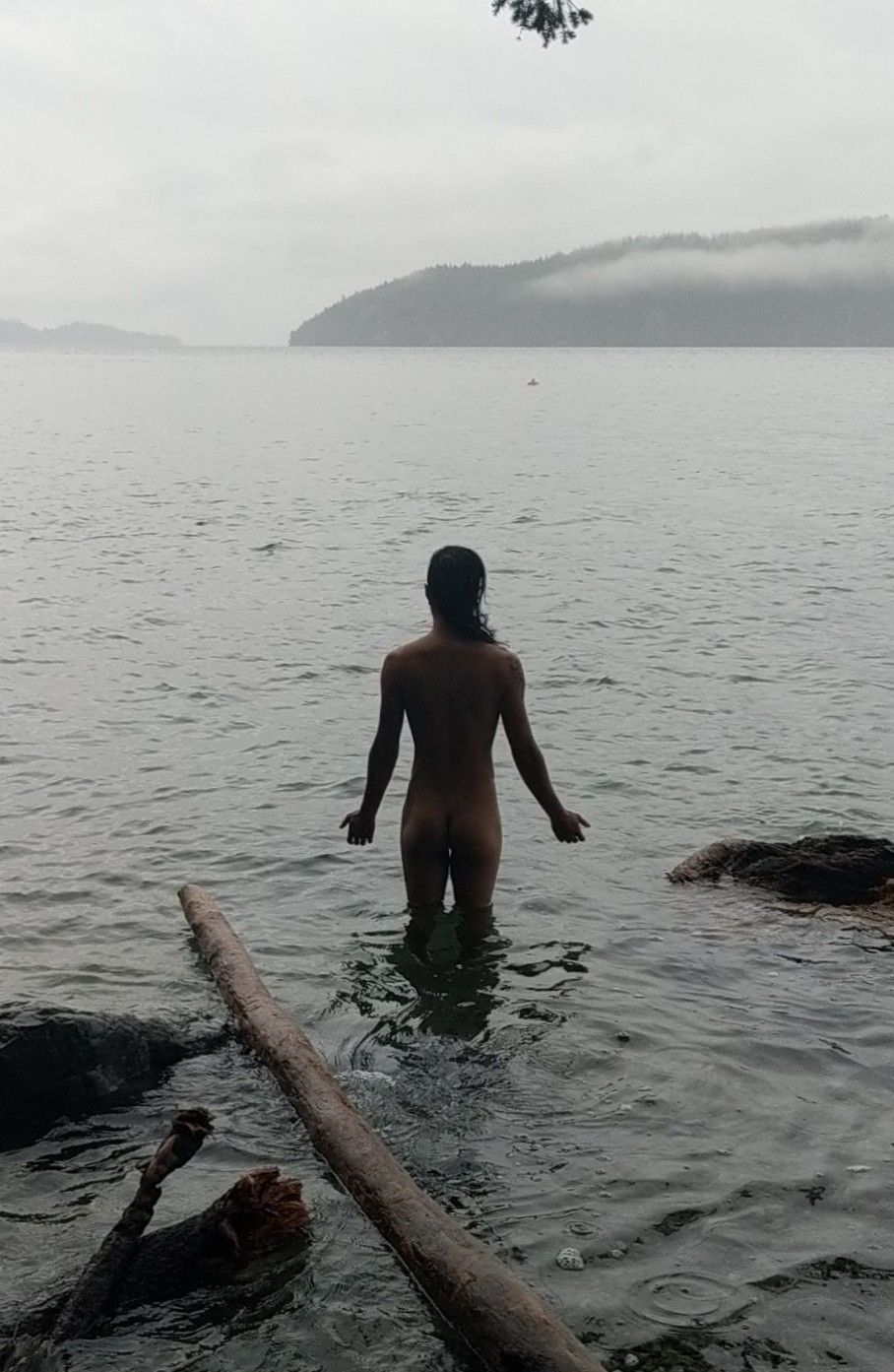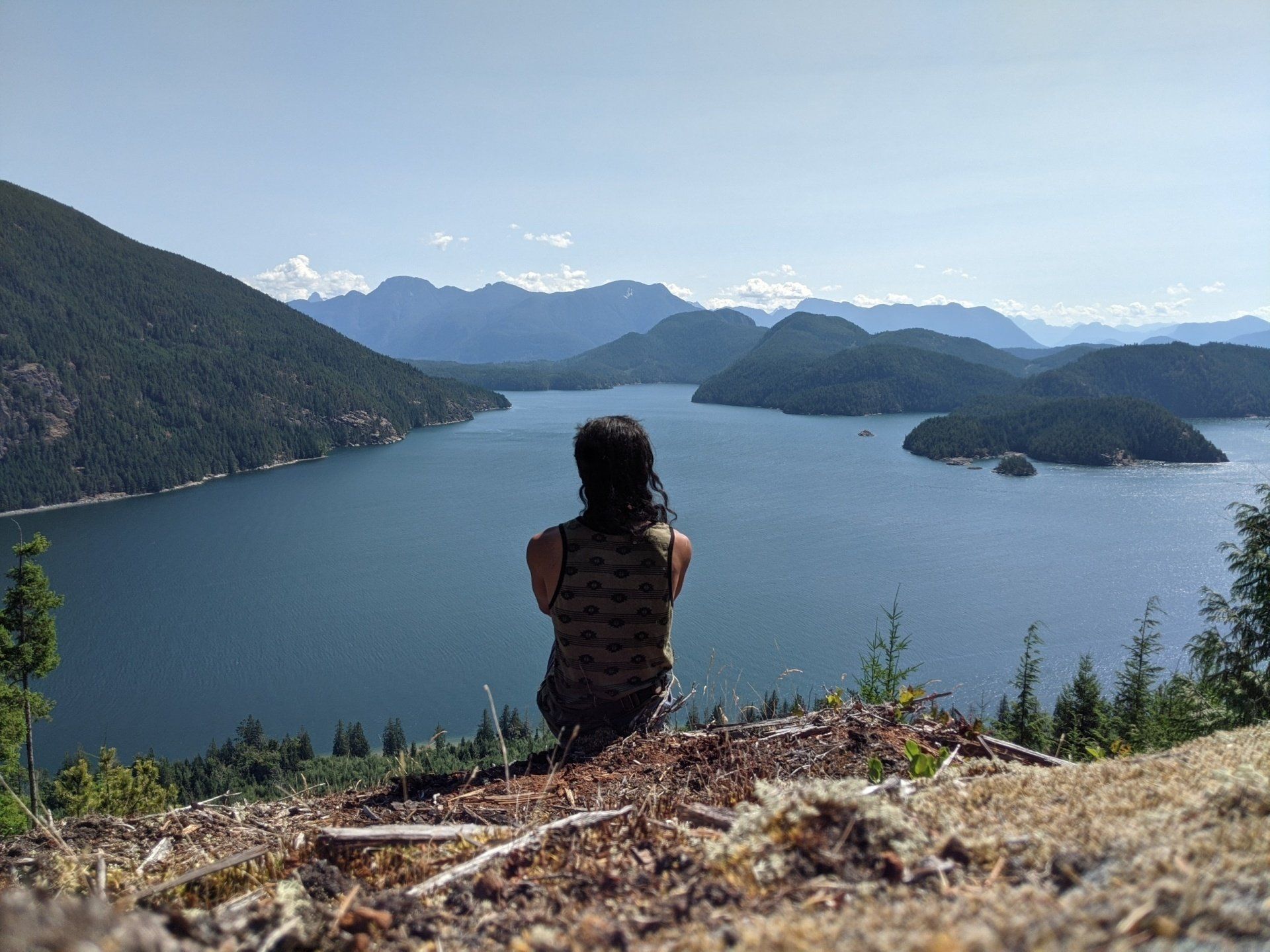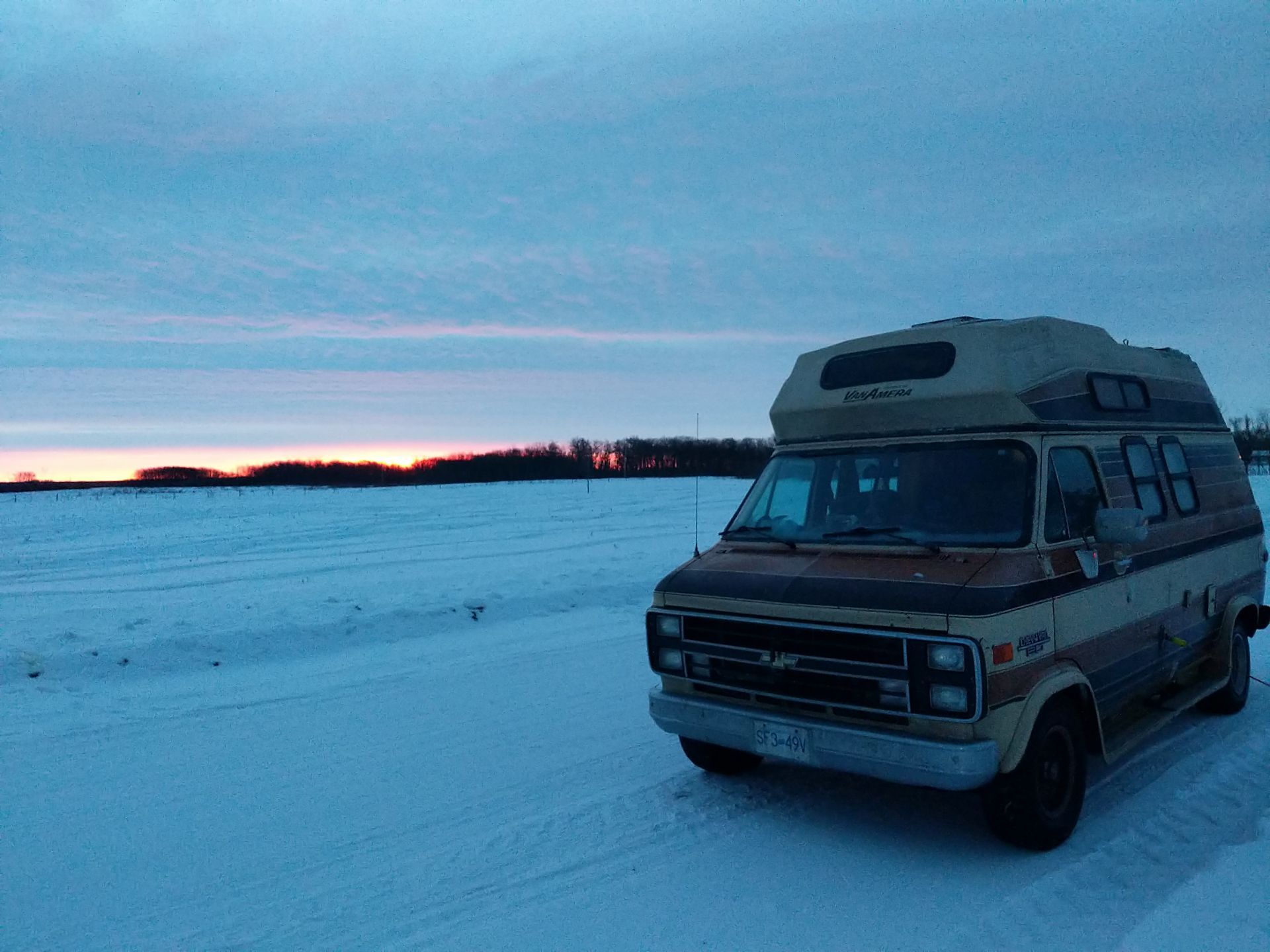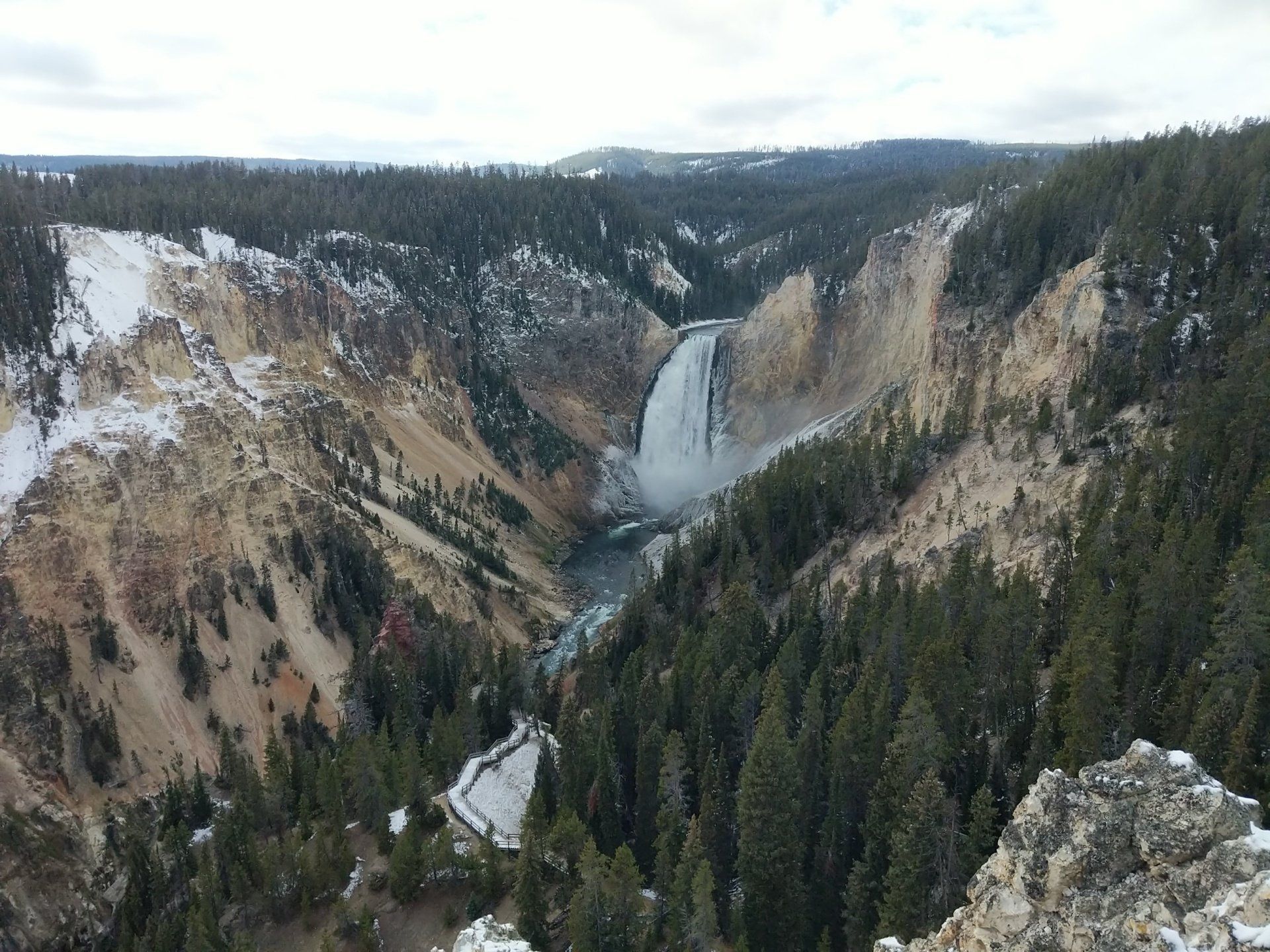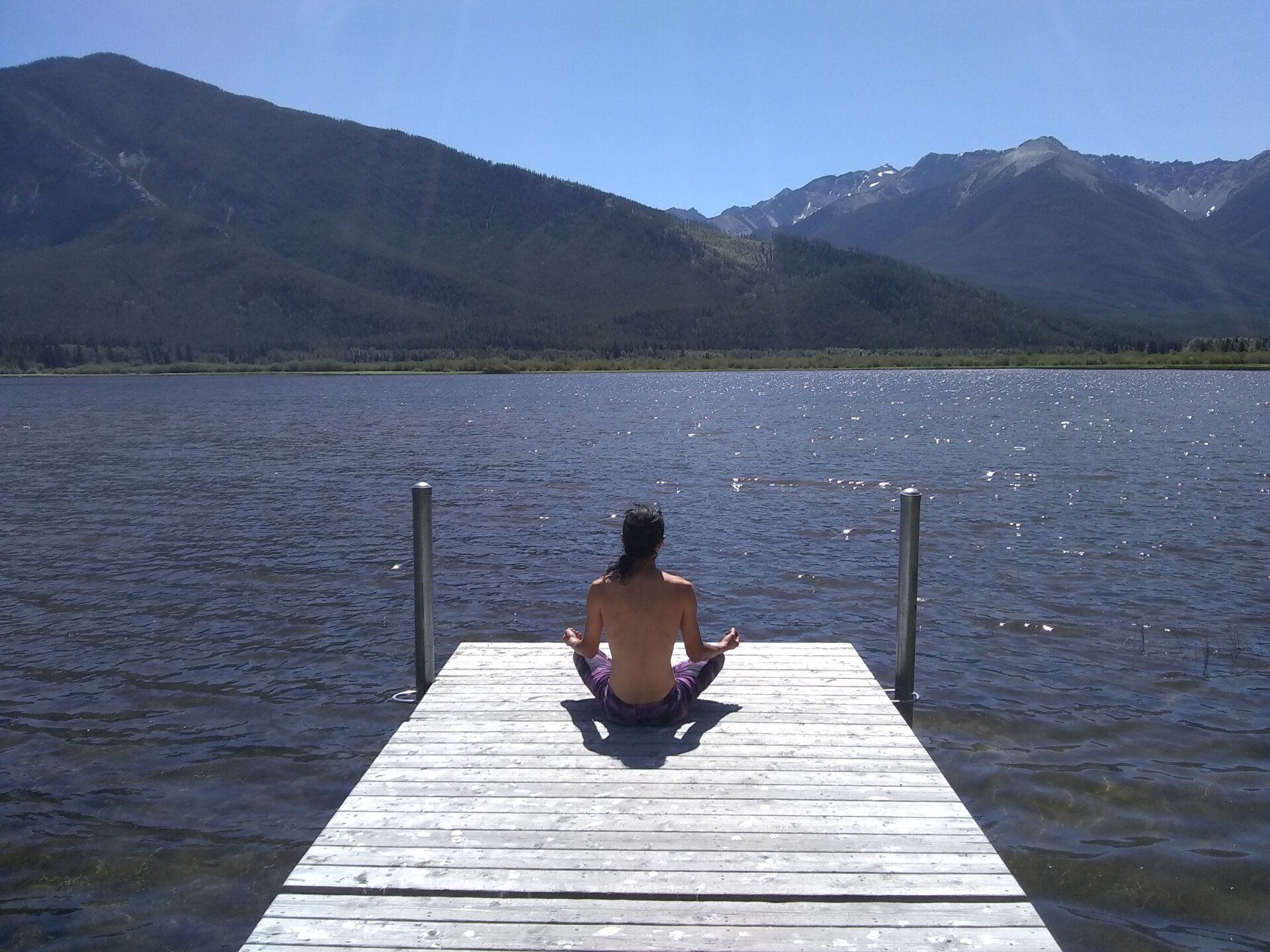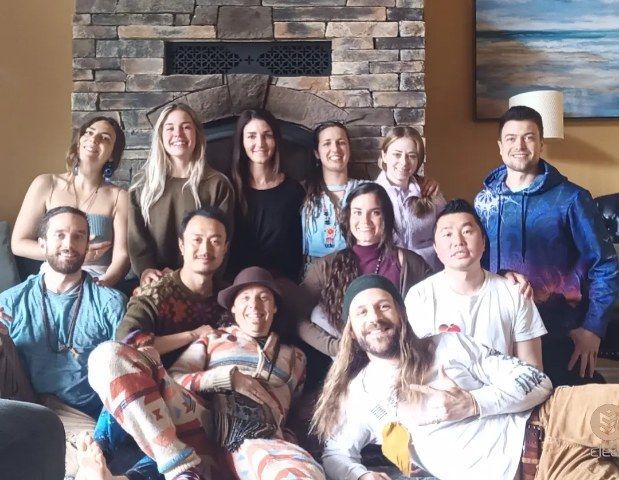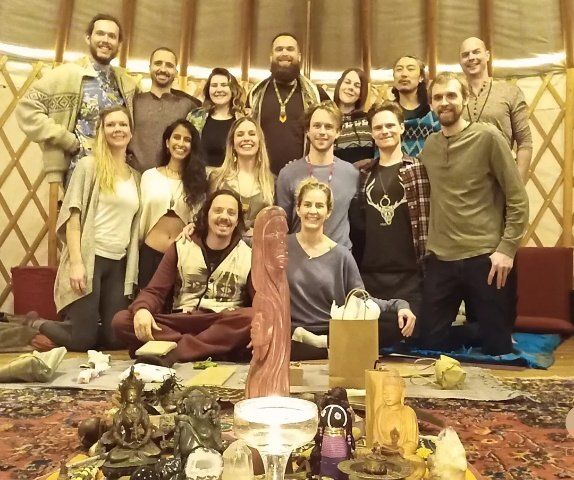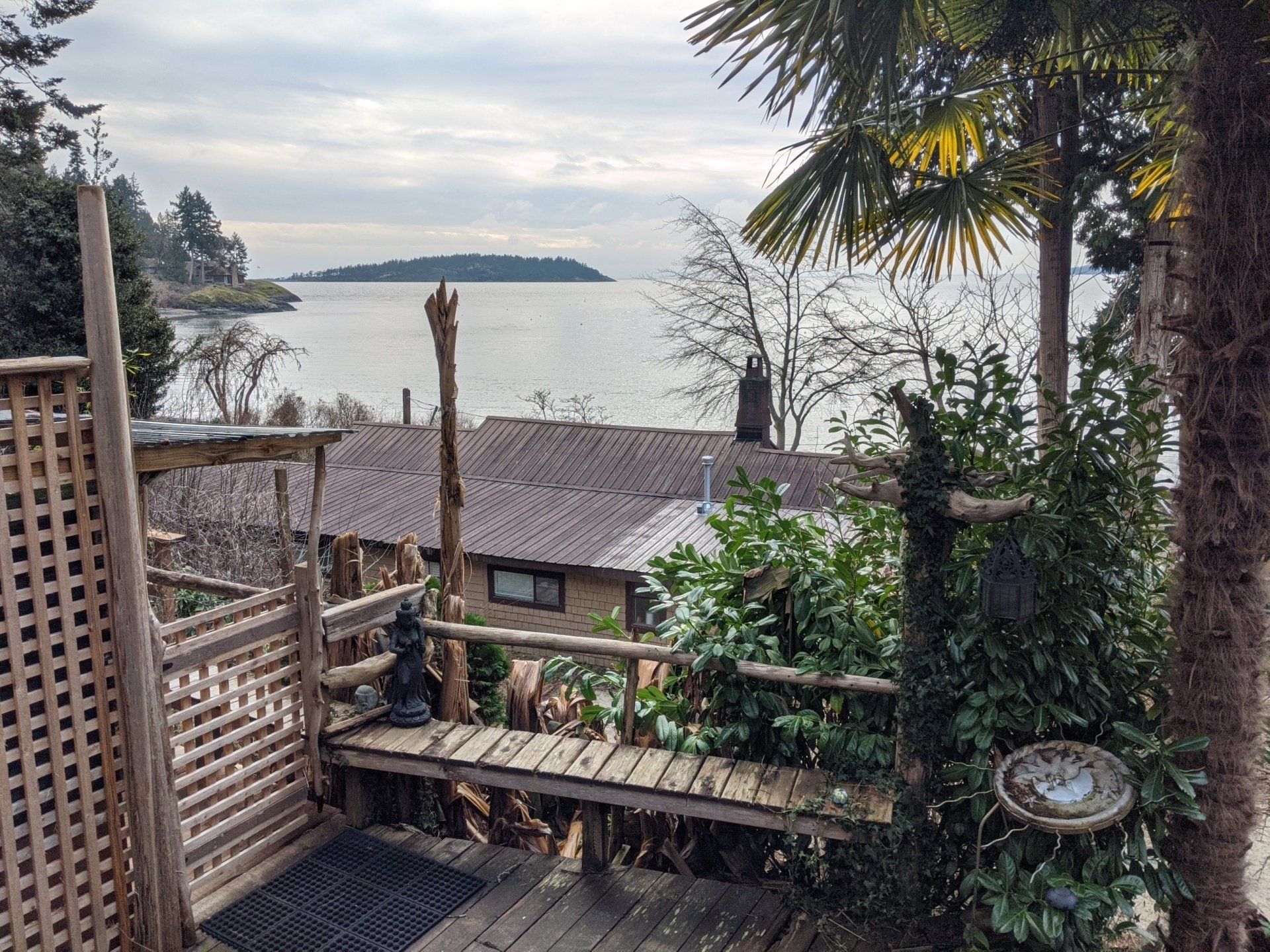All I Need is my Bicycle: Part 2, Prairies
Flat, dry, hot and windy - welcome to the Prairies
Day 10 - Bassano, 153 km
Fresh off a nice rest in Calgary I blasted forth into Prairie wind and sun. Pretty soon I learned that this wasn't going to be easy - the wind was against me and it seemed to never let up, and the sun was blazing hot. The highway was practically straight with nothing but farmland for hours. There was nowhere to stop for shade or a comfortable rest. The emotional and physical fatigue started to result in physical pain where I held my weight - my bum, shoulders, arms and hands started feeling sore.
I started thinking, "This is not a driver's experience at all. They can drive this same distance in an hour in an air conditioned space with company or music, without moving a single muscle. I have to go the same distance in a full day, sweating and suffering the whole way. Why am I doing this?"
By evening I rode into a town called Bassano with a dusty quiet main street, most of the shops boarded up - a common sight in Prairie rural towns. I went into the only open establishment for dinner. I spoke with the friendly bar man and was surprised to learn that he was from Ontario!
Day 11-14 - Suffield, 115 km; Walsh, 94; Tompkins, 93; Swift Current, 85
Everything about yesterday, the wind, sun, pain, suffering and frustration just kept getting worse over the next several days. It was one of the most difficult stretches of days I've faced in my entire life - I feel very privileged to say this because I know others who experience greater suffering on a regular basis.
The wind I learned is easily the most important aspect of the cycle touring experience. It was with me in the mountains and I literally and metaphorically breezed through. It was against me so far in the Prairies and it felt like I was cycling uphill all day. I never had a chance to ease up and just coast. Even on downhills I had to pedal because the wind would cancel out the effects of gravity! The only blessing a headwind brings is it negates the heat of the sun, keeping me cool and not too sweaty.
I managed to limp into a hamlet at the end of each day, more tired and in pain than the previous day, and started off the next morning with less reserve energy in the tank. Thankfully I received a lot of kindness from locals who understand how desolate and harsh the Prairies can be.
Day 15, 16 - Moose Jaw, 180 km! Regina, 79 km
Finally, I got a full day of the Prairie wind at my back! As I predicted it completely changed my experience - the strong wind allowed me to coast for almost half the entire distance, even up hills. And when I actually had to cycle I felt a lot less resistance. The pain and discomfort that was causing so much suffering and frustration was almost non-existent.
I rode the wind as long as I could, going 180 km into the town of Moose Jaw, where I had just enough time to river dip and cook dinner in the park before finding a wildcamping spot. Then I had a relatively easy day ahead of me to arrive at my friend's place in Regina where I could rest for 3 nights.
Day 17-19 - Whitewood, 179 km; Carberry, 246 km! Winnipeg, 181 km
My friend in Regina showed me excellent Prairie hospitality, hooking me up with free bike maintenance, beer and food, and good company. I hit the road in high spirits, well rested and with the wind still at my back, but stronger than ever! I rode 606 km in three days, including one day of 246 km! The wind was not only at my back, at times it was pushing me so I was coasting on level asphalt. I probably coasted up to half the entire ride!
Along the way I found a wallet and keys on the side of the highway. I managed to contact the wallet's owner and returned it to him in Winnipeg. I asked for a medium pizza. He bought me a large pizza and, after listening to my story, gifted me an extra $70 cash! I also mailed the keys to the car dealership identified on the set.
I rode into Winnipeg, like a hero returning from battle, to stay with good friends, rest and enjoy the town.
I have driven my cycle touring route six times in my life by car, either to go east to Toronto or west to Calgary or Vancouver. Almost every trip I pass through the Prairies as quickly as I can, usually two days, stopping only for an extra night at friends' places. I now have a much different appreciation of the Prairies and its part in Canada's identity and beauty, and of the people that inhabit its tiny hamlets. I hope I can take even more time to explore the Prairies next time I pass through.
While the Prairies severely tested me, overall I feel like I was gifted with an overall easy breezy time through the middle part of my cycle touring adventure. I feel very fortunate and it really helps to have friends along the way who spoil me and provide me an oasis of replenishment and connection. They have all hosted me several times and it seems to get better every visit.
Mileage
From Calgary to Winnipeg, which I will use here as the limits of the Prairies, I rode 1400 km over 10 days of riding, averaging 140 km per day! On top of the 960 km I rode through the mountains I now sit at a grand total of 2360 km over 19 days of riding! I've nearly covered 4 out of 5 provinces and yet am just past the halfway point of my journey... I still have 2040 km to go. But I'm ready...
I'm ready to level up from the Prairies and on to the next stage, the Canadian Shield of Northern Ontario, which promises new challenges same same but different to the mountains in Part 1 - forests, lakes, rolling hills... and not much else.
